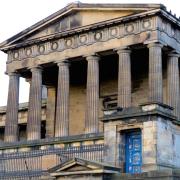
Debate about the future of the old Royal High School (RHS) on Regent Road has entered an interesting new phase.
Proponents of the new luxury hotel scheme have collated the results of their public consultations in March and are now moving towards a formal planning application.
Advocates of a new home here for St Mary’s Music School (SMMS) have embarked on a pre-application notification process of their own and are talking to all relevant parties who will listen.
Both sides are involved in a battle for hearts and minds.
Hotel offers sound financial model
A source close to Duddingston House Properties Limited (DHP) contacted Spurtle last week with an informal overview of progress to date. They did not wish to be named.
The late appearance of the St Mary’s proposal had taken them aback, they said, and some viewed it as a spoiling tactic by ‘incredibly parochial and change-averse’ elements in the city opposed to any hotel scheme.
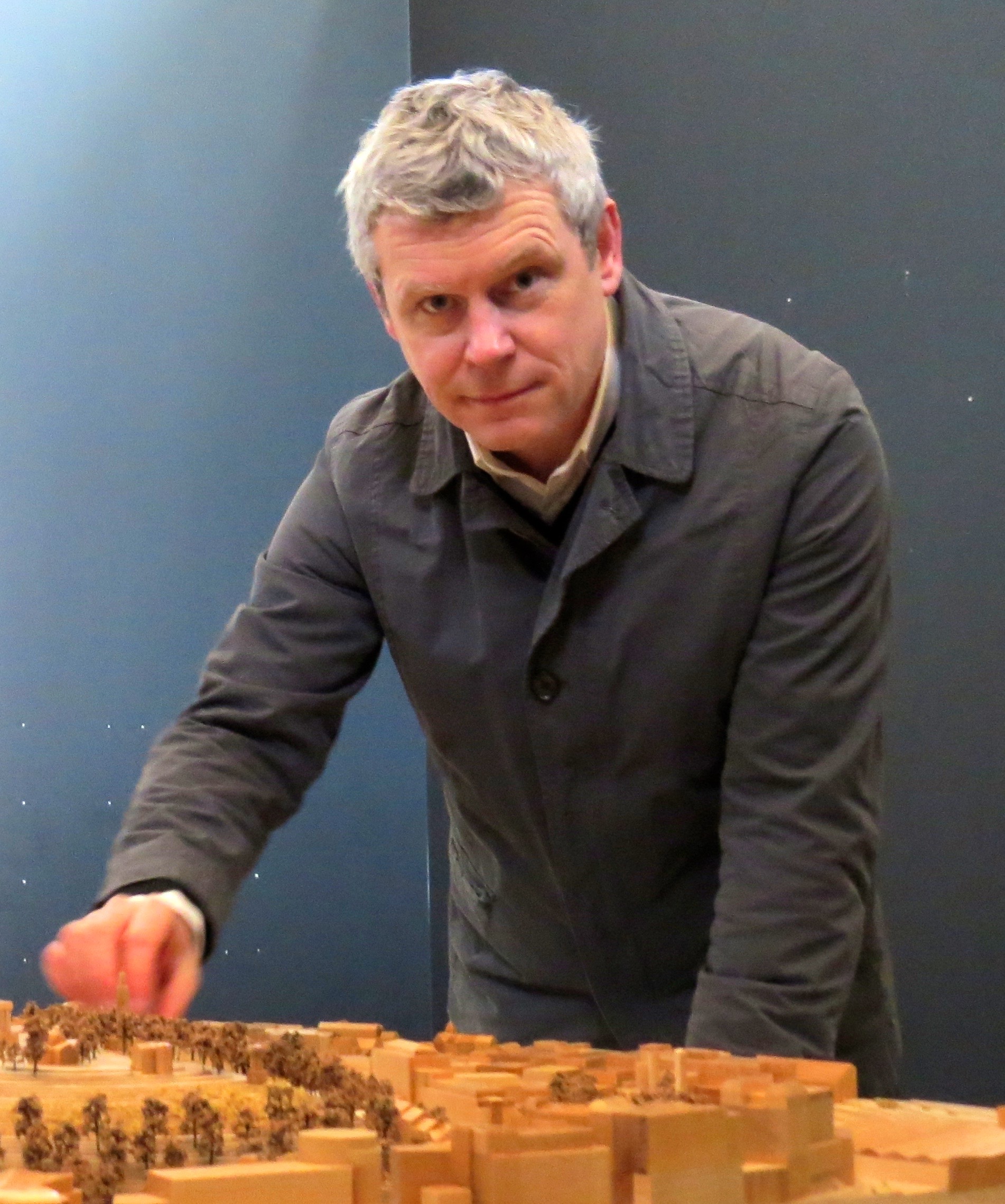
Their scheme would generate wealth and provide training and jobs for people across the city. It would also improve hospitality standards throughout Edinburgh: ‘a rising tide lifts all ships.’
They had been heartened by the positive response of existing hoteliers in the capital, and particularly by the ‘overwhelming support of the public’, who had welcomed the concept at two recent exhibitions.
Our source conceded that reactions to the architectural design had been less positive, and that a 'substantial rethink' was now required before a planning application would be made.
The application has been delayed owing to personal reasons affecting one key member of the team, but it will probably occur in mid to late summer. At that stage, also, the name of the proposed ‘really prestigious’ hotel operator will be revealed.
Out of tune with reality?
Our source raised doubts about the St Mary’s Music School scheme, which they summarised as ‘fabulous but ridiculous’:
- Where was the business plan?
- Was there enough money behind the project?
- Was it really appropriate to spend so much on 78 kids at an elite private school?
- Was it wise to saddle the school with a huge financial liability?
- Would the school be well advised to pass control of its premises to an unconnected organisation?
- Would an exclusive school really invigorate this side of the city?
- Wasn’t the 1.5-mile journey to St Mary’s Episcopal Cathedral an unwelcome disconnection from the school’s focus and original purpose?
- Surely, St Mary’s would do better to take on some of the former Donaldson’s School premises in the west of the city?
- In short, had the school’s Board of Governors been bounced into supporting the proposal without fully thinking through its consequences?
Musical charm offensive
Two trustees of the Royal High School Preservation Trust (RHSPT) addressed the New Town & Broughton Community Council on Monday 11 May.
RHSPT chair William Gray Muir works as a specialist in finding sustainable uses for historic buildings, but describes his involvement in this project as personal. He is a trustee of the Edinburgh World Heritage Trust and the Penicuik House Preservation Trust. Peter Thierfeldt is a management and fund-raising consultant who is also a trustee of both the Edinburgh World Heritage Trust and the Dunard Fund.
They offered no architectural plans at this stage, but hoped to generate enthusiastic approval for the overall business proposal. They did not want to talk about the Duddingston House scheme or interfere with that side of the planning process in any way. If DHP eventually failed to gain consent, then theirs was a viable alternative.
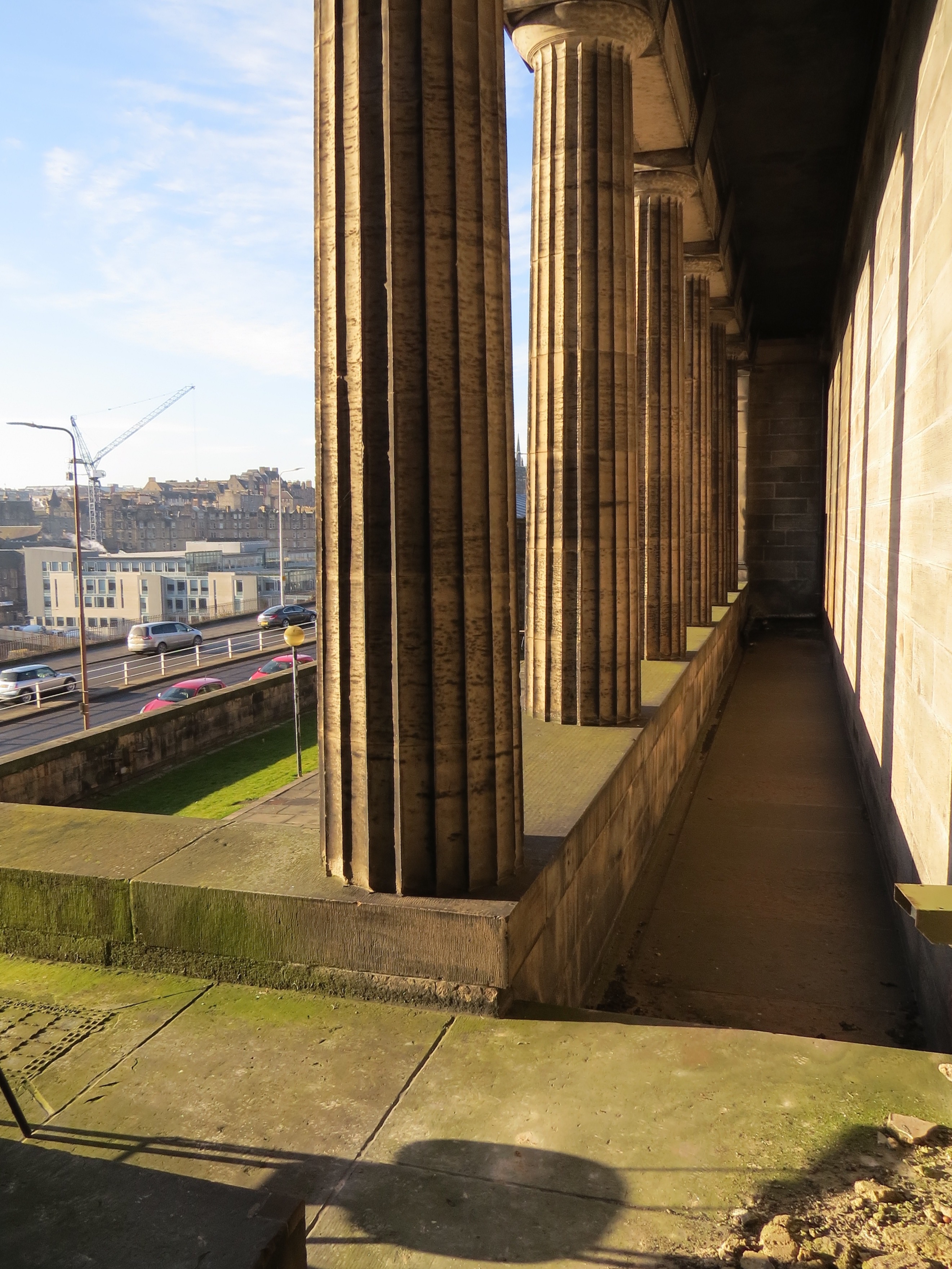
They set the scene by explaining that St Mary's Music School ceased to be a simple chorister school in 1972. It now also teaches instrument playing and composition in genres including traditional, jazz, rock, classical and modern, and has a weekly outreach programme to the community.
Entry for 9–19 year-olds is determined by their musical excellence and potential. The Scottish Government’s Aided Places scheme funds up to 100 per cent of school fees, and there are other Cathedral and SMMS Bursaries available. ‘So, says Gray, whilst the school is private it is also accessible.’
SMMS bought its current premises in Coates Hall, Grosvenor Crescent in the late 1990s, but has now outgrown them and seeks ways to expand. Paradoxically, until recently it had been working with DHP’s architect Gareth Hoskins (pictured above) on proposals for a new concert hall.
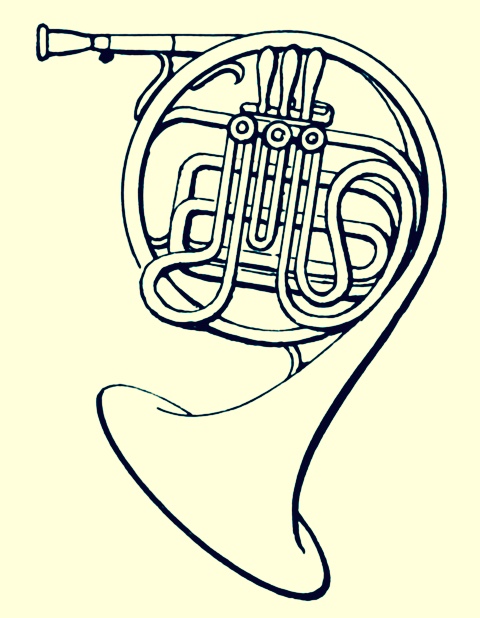
The RHSPT’s sole purpose would be the preservation of the building. It would have guaranteed, sufficient financial backing to pay for restoration, conversion and on-going maintenance. That funding originated from more than one source. RHSPT would gain an additional income stream by letting out new boarders’ accommodation for visiting orchestras/musicians over the summer.
Gray categorically asserted, and repeated on further pressing, that SMMS would not be saddled with hefty maintenance bills for an expensive listed structure. The RHSPT would cover such costs.
SMMS would sell its current property and set up a separate and substantial endowment fund with which to extend its educational offer and improve financial accessibility for pupils.
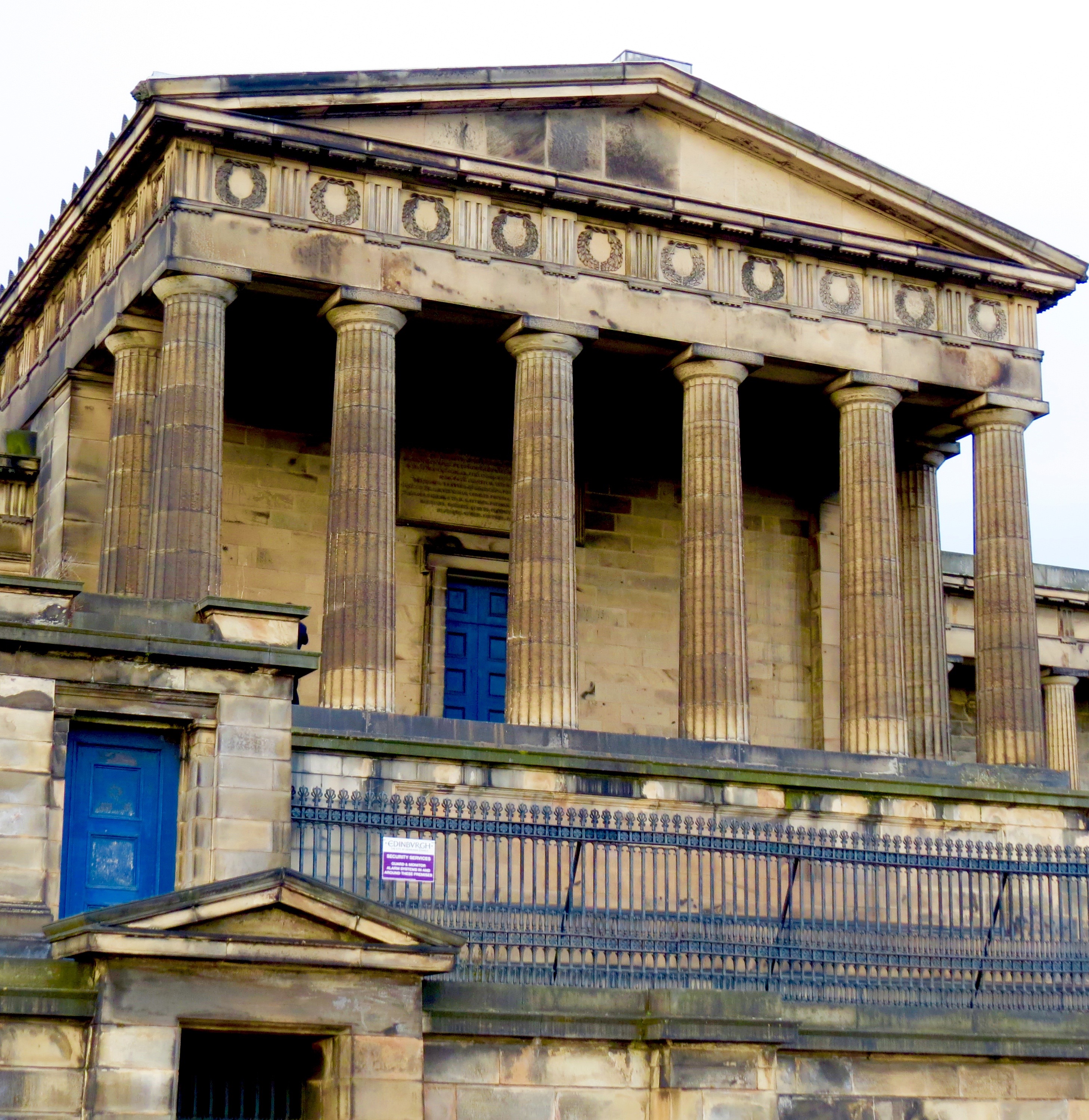
For all the austere grandeur of its exterior, the old RHS is rather small inside, with many of its rooms built on a top-end domestic scale. Horizontal and vertical connections are limited by the way it was designed for ‘ritualistic, processional routes through it’ which reflected the Classical inspiration of the original establishment.
Coping with these constraints to improve internal access (including disabled access) would be challenging, but not impossible. Some kind of light, glazed, additional corridor to the rear of the building (invisible from the front) is envisaged.
Given that the old RHS housed between 400 and 600 boys at its height, there would be plenty of room for SMMS.
RHSPT plans to cluster modestly sized new building of the highest standard at the site’s eastern end, where separate and secure accommodation would be situated. These would be lower than the Hamilton building and unobtrusive.
The western side would be kept as pristine as possible, with the Victorian lodge retained, 1940s prefabs demolished, and the views so valued by Edinburgh World Heritage and Historic Scotland preserved and enhanced.
The central Hamilton Building would serve as administrative offices, classrooms, rehearsal rooms and differently sized spaces for public concerts, spoken-word performances, and master-classes.
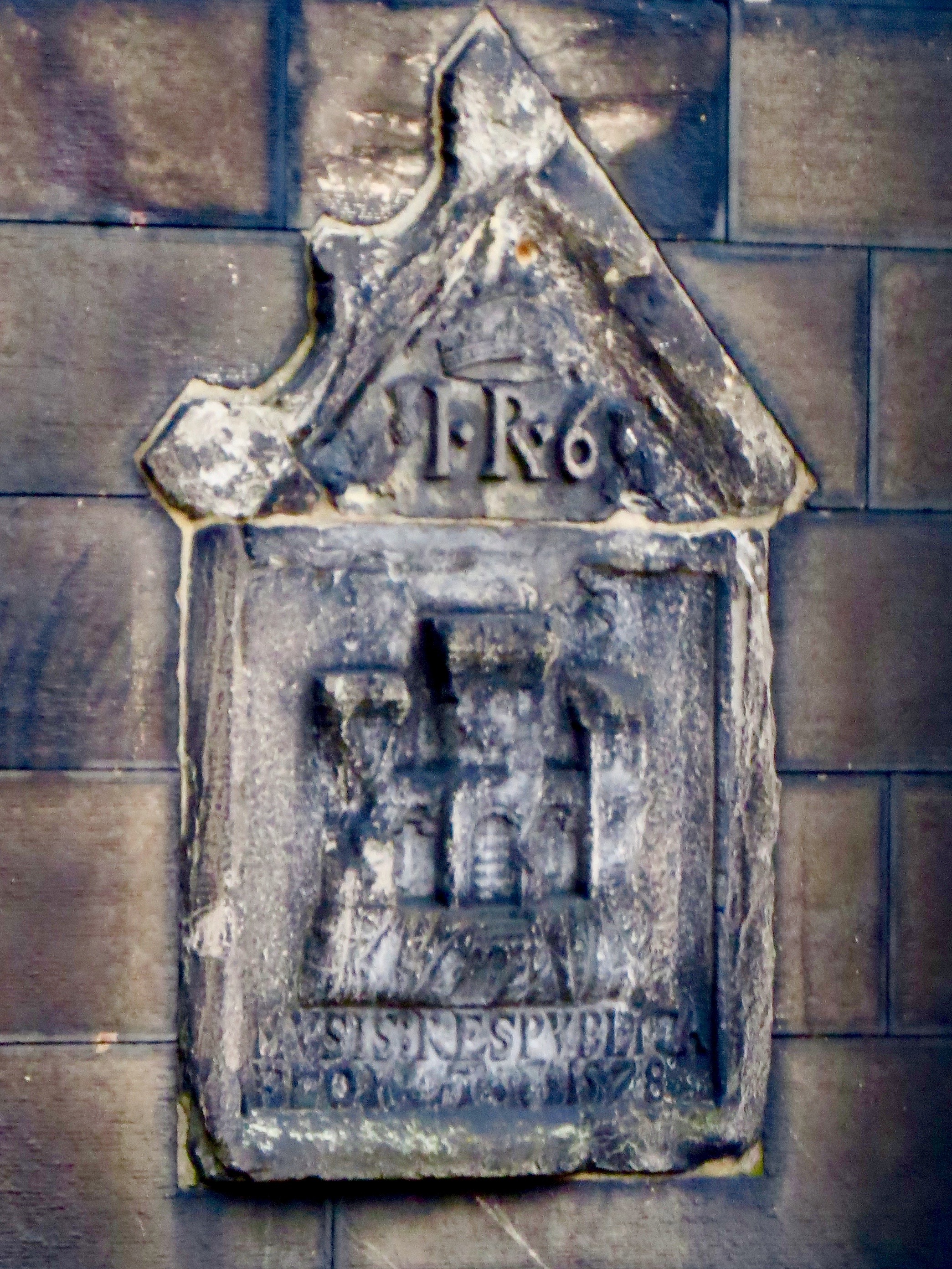
Moving the SMMS away from St Mary’s Episcopal Cathedral would not constitute a problem. Many choir schools regularly bus in their pupils from as far afield as 20 miles away.
Staff and Governors at the SMMS were thrilled at the prospect of moving to the new site, said Gray. They believe it offers opportunities for great improvements in what they can offer both pupils and the city as a whole.
The scheme works in terms of school numbers and spatial volume. As importantly, the music school would be a fitting use for the building’s ‘moral authority’.
Reaction
The reaction of the New Town & Broughton Community Council, and other members of the public attending, was universally positive. Indeed, there was unprompted applause, not something which usually follows developers’ presentations in this context.
Chair Ian Mowat described the proposal as ‘impressive and exciting’, and concluded by saying he hoped something would come of it.
RHSPT will hold a major public meeting to discuss the opportunities on 18 June, probably in the Canongate Kirk.
Got a view? Tell us at spurtle@hotmail.co.uk and @theSpurtle and Facebook